Nikon Unveils the D780: A ‘New Kind of DSLR’ with ‘Mirrorless Tech’
![]()
Nikon today unveiled the D780, calling it “a new kind of DSLR.” It’s a camera that has the tall task of replacing the company’s most popular full-frame DSLR ever, the D750, and it aims to do so by combining the soul of the Z6 mirrorless camera with the body of the D750.
![]()
Inside the D780 is a 24.5-megapixel backside-illuminated (BSI) full-frame FX-format CMOS sensor powered by an EXPEED 6 image processor (up from EXPEED 4 in the D750). The processing engine is the same as what’s found in the Z6 and Z7 full-frame mirrorless cameras, providing faster speed, lower energy usage, and improved low-light performance.
The camera’s maximum ISO is 51200 (up from 12800) and is expandable to 204800. It can do 7fps continuous shooting at full resolution.
![]()
When shooting through the optical viewfinder, the camera uses a 51-point AF system (including 15 cross-type sensors) with the same enhanced AF algorithm as the flagship D5 DSLR — the camera can autofocus down to -4EV. The upgraded 180K-pixel Advanced Scene Recognition System helps analyze what’s within the frame for optimal exposure and color reproduction.
![]()
Switch to Live View shooting and the D780 busts out “mirrorless technology” for the first time in a Nikon DSLR. It has the same 2,733-point focal plane Hybrid AF system as the Z6 that covers 90% of the frame. Eye-Detection AF is also appearing for the first time in a Nikon DSLR, allowing you to track multiple eyes in real-time to nail focus when shooting people.
Live View also allows you to shoot silently thanks to the electronic shutter, which increases continuous shooting speed to 12fps.
![]()
If video is what you need, the D780 features the strongest video feature set of any Nikon DSLR thus far (again drawing from features of the Z6). You can shoot full-frame 4K video at 30fps with full-pixel readout (as well as other frame rates and resolutions such as 1080 120p).
Other video features include 10-bit output with N-Log or HDR (Hybrid Log-Gamma) support, focus peaking, highlight display (zebra stripes), an intervalometer, and in-camera timecode.
On the back of the camera is a 3.2-inch tilting touchscreen LCD.
![]()
![]()
The side of the camera features dual UHS-II SD card slots with the ability to save multiple file formats at the same time.
![]()
Other features and specs of the D780 include a durable weather-sealed construction, a battery life of 2,260 shots, USB-C charging, in-camera Creative Picture Controls, a Special Effects mode, focus stacking, multiple exposures (with non-consecutively shot images), and Wi-Fi/Bluetooth connectivity.
Here are some official sample photos captured with the D780:
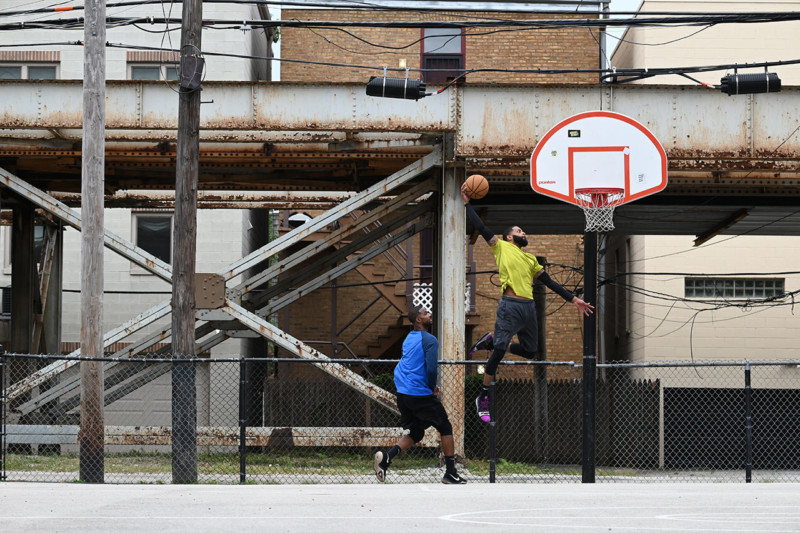
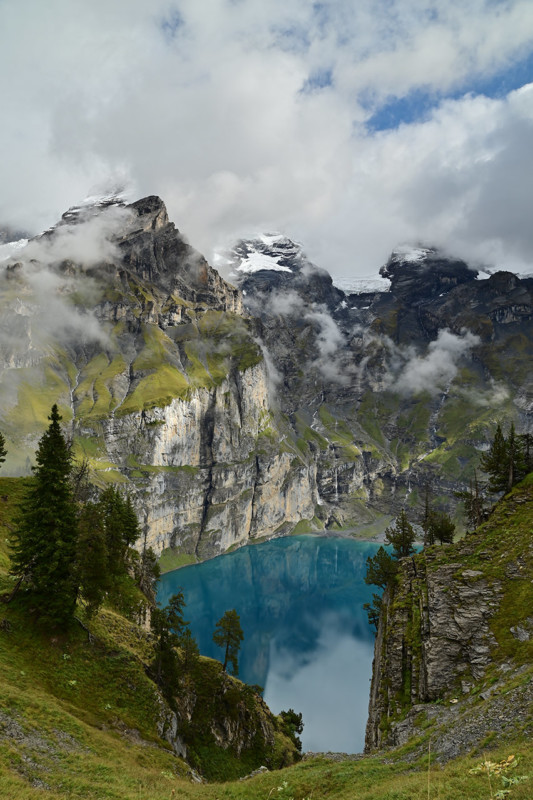
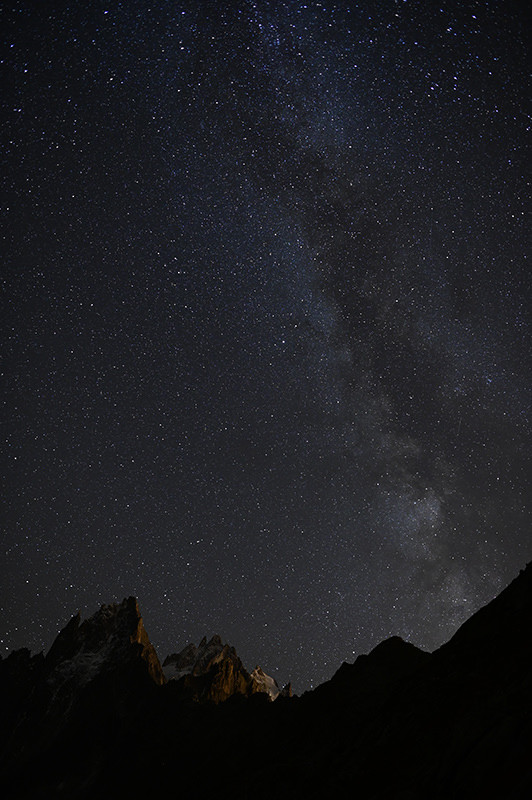
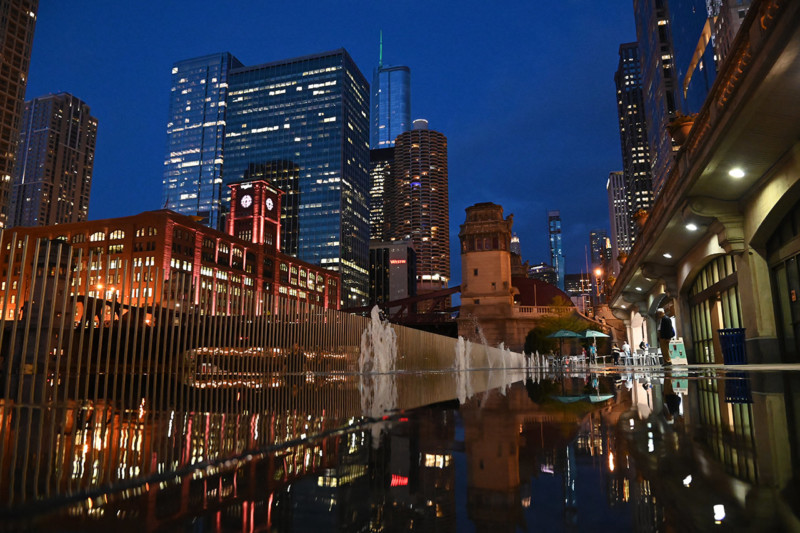

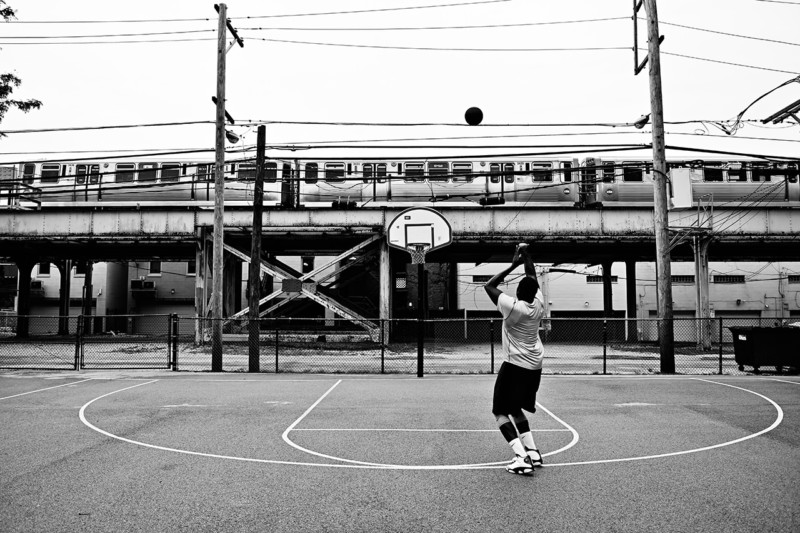
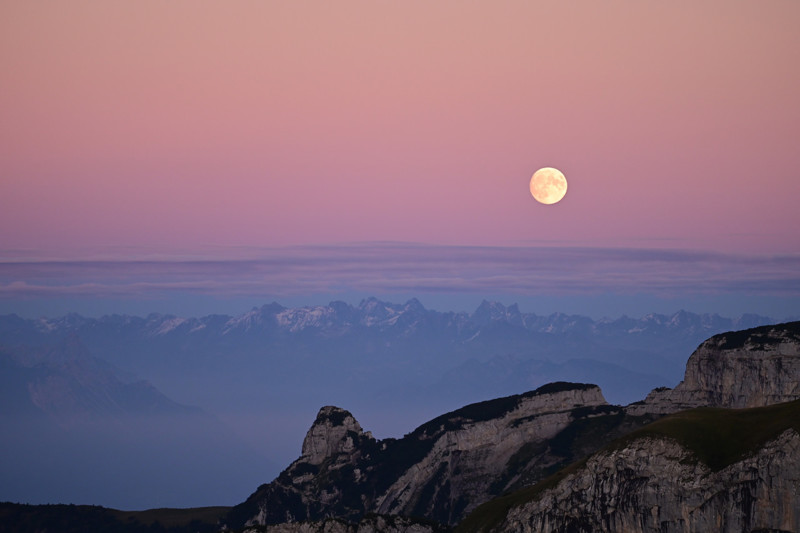

Here’s a video introducing the new camera:
The Nikon D780 will be available in late January 2020 with a price tag of $2,300. It’ll also be available bundled with a AF-S NIKKOR 24-120mm f/4G ED VR for $2,800.